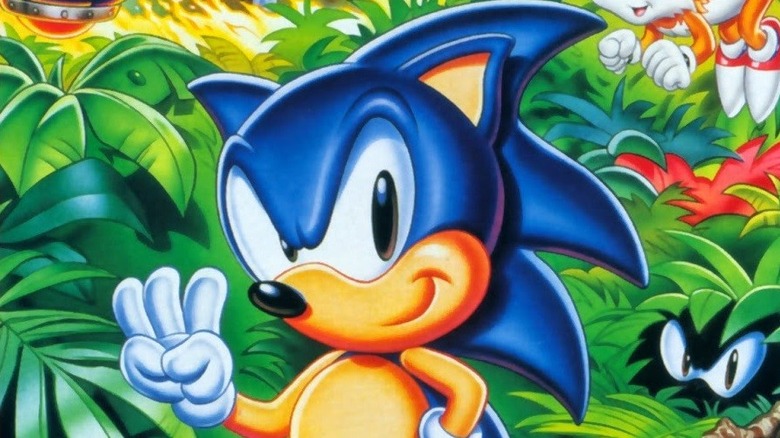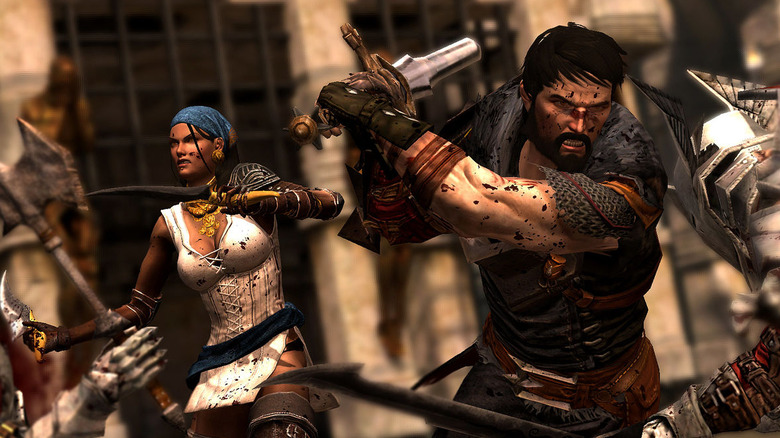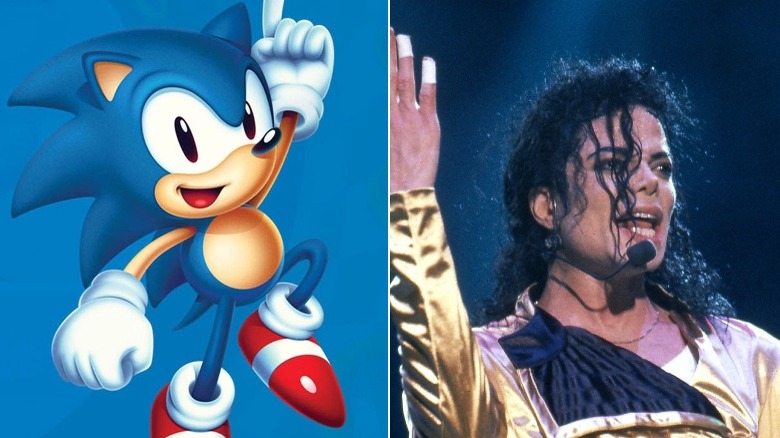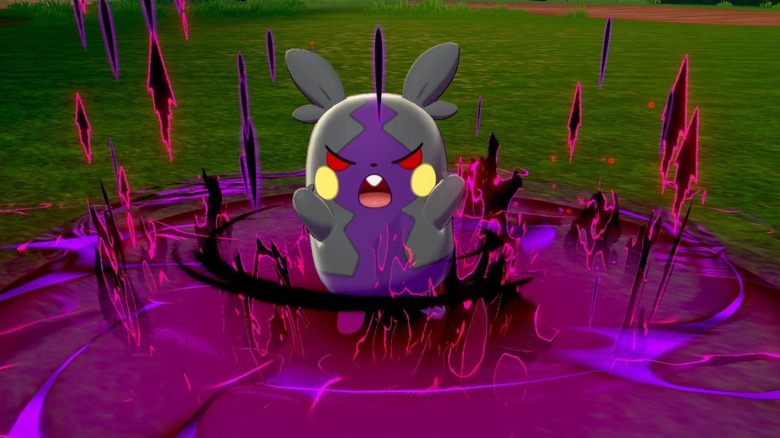Conspiracy Theories In Gaming That Turned Out To Be True
Look, everyone loves a good conspiracy theory. Some of our best movies and television are built on the idea that you can never trust the folks in charge. It's no surprise that plenty of conspiracy theories have sprung up around the gaming industry. It's also not terribly surprising to note that many of these theories are clearly ridiculous.
For instance, many gamers are familiar with the absurd legend of Polybius, a video game supposedly created and distributed by the United States government for the supposed purpose of testing hypnosis techniques on the American populace. Polybius was supposedly monitored and collected by mysterious men in black, who would vanish into the night if questioned.
While that story is obviously bonkers, it may surprise you to learn that there have been a few cases of cover-ups within the gaming industry that seem just a bit ridiculous. Conspiracies have taken form as consumers have been lied to and companies have tried to save face. Let's take a look at a couple of examples of real-life video game conspiracies.
EA snuck problematic software into Dragon Age 2
When Dragon Age 2 was released, players were dismayed to discover what appeared to be a program called SecuROM in the game. This was especially concerning, since EA had already been hit with a lawsuit for including SecuROM in its game Spore.
SecuROM was designed to keep games from being illegally copied, but it also provided multiple loopholes that made users' computers susceptible to viruses. Naturally, EA denied the allegations ... sort of. Actually, EA and Bioware eventually maintained that they hadn't included SecuROM in Dragon Age 2, but rather a different program called "Sony Release Date Checker" that worked exactly the same. That's like arguing that, actually, you ran over that group of orphans with a truck and not a van.
The facts remained that EA and Bioware had not only not been upfront with consumers, but they hadn't even checked to make sure each of their stories matched. As The Mary Sue's James Bishop put it, "lack of clarity from both the publisher and developer" was the biggest issue here.
In other words, the truth was out there and they didn't communicate with each other about what the truth actually was.
Michael Jackson: The King of Sonic?
This one has been a theory that has been both confirmed and refuted multiple times over the years. At this point, though, it's pretty much accepted as a fact that Michael Jackson worked on the soundtrack for Sonic the Hedgehog 3.
There have been several bits of evidence that fans have grabbed onto over the years. For one, there are multiple tracks within Sonic 3 that sound similar to songs Jackson would release in the years following the game. There are even more than a few quotes from people within both the music and gaming industry that have corroborated the idea that Jackson was involved in the game's soundtrack early in development. This was finally officially recognized in, of all places, the trivia section of Sonic's Ultimate Genesis Collection in 2009.
For years, Sega remained tight-lipped concerning Jackson's involvement in the Sonic 3 soundtrack. In fact, when asked about the rumors, the game's credited composer said that the similarities were "coincidental." This cover-up is unsurprising, considering how public perception of the star shifted within the past few decades. Still, it's wild how contradictory the various stories are from the folks who were actually there.
Did Game Freak actually #lie?
Fans were bummed to find out that Pokemon Sword and Shield would feature a smaller roster of monsters than previous games. This was done, Game Freak claimed, so that the team could focus on creating new character models for the hundreds of Pokemon in the game. However, data-miners hunting through pre-release copies of Sword and Shield discovered that the character models used in the game weren't entirely new. In fact, they claimed, the Pokemon seen within Sword and Shield had their character models recycled from previous installments in the franchise.
Very quickly after this discovery, #GameFreakLied began trending on Twitter. Naturally, this being the internet and all, the memes arrived hard and fast, with people both lampooning and pointing out the similarities. Everyone wanted a piece of Game Freak, so it would be easy to think that these were just some cranky fans overreacting. However, others, like Gamasutra's Caleb Compton, closely examined the character models and found some frustrating results. In a case of fan conspiracies actually being dead-on, the majority of the character models used in Sword and Shield were determined to be leftovers from Pokemon X and Y.




